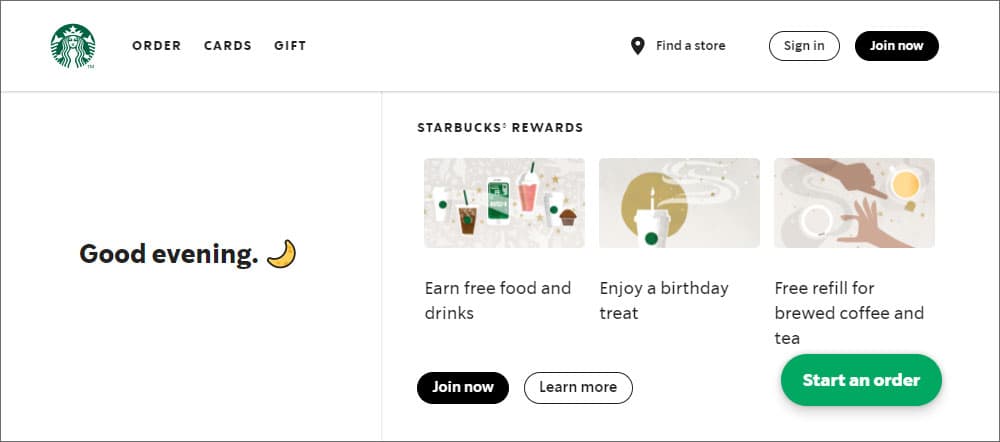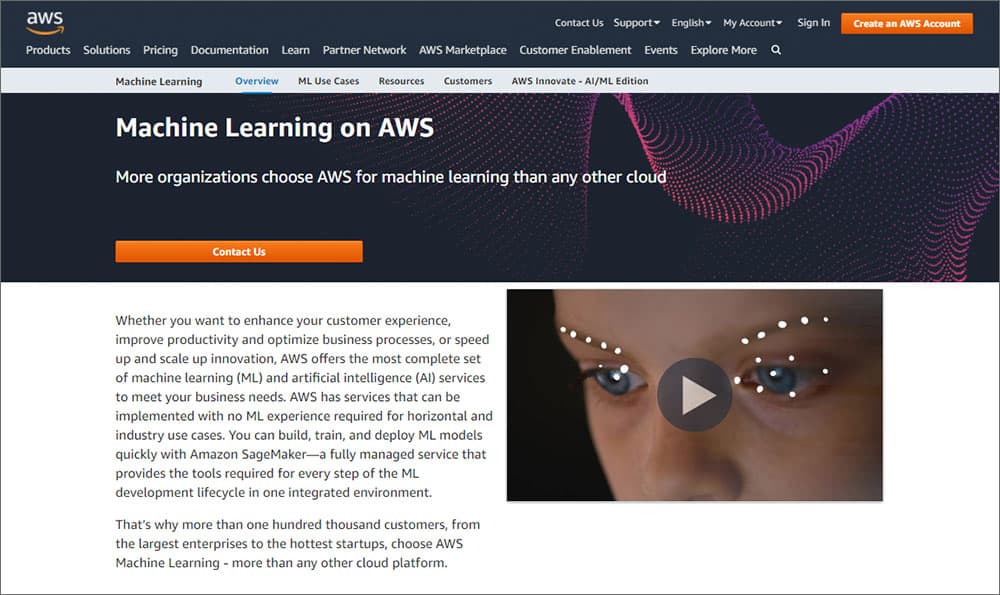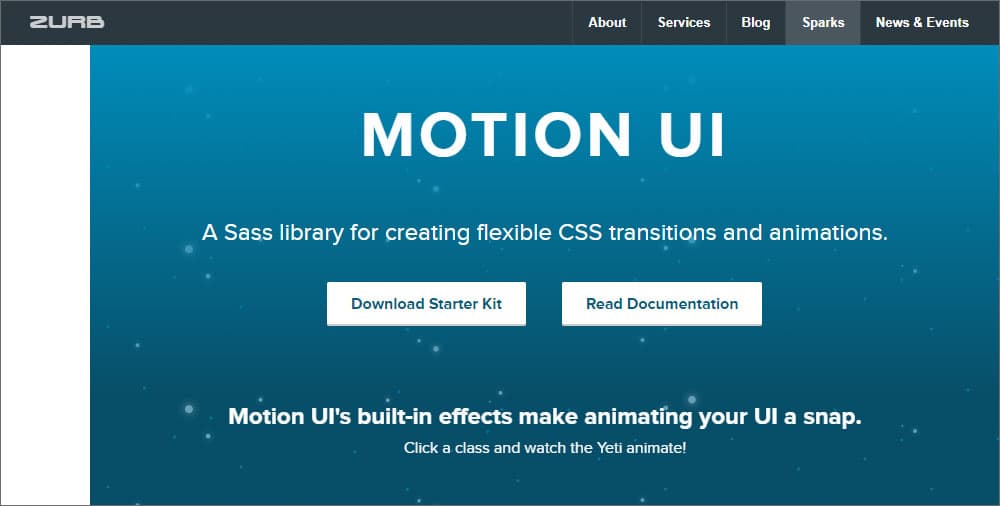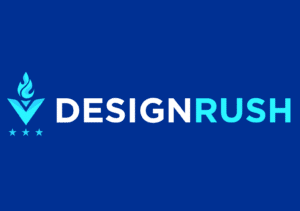November 2019 marked the beginning of a global pandemic that would soon force everyone to huddle up in their homes.
The effect of the pandemic was so huge that it brought about a substantial cultural and societal change. And now, nothing is the same as before.
This has definitely had an impact on the web development world, which was anyway going through a transitory phase. After a raging pandemic, major changes in what’s considered normal, and Google’s Page Experience update, the future of web development looks promising. And now, as we stand at almost the entrance of a new year, 2022, here is a roundup of 10 trends that tease us with a glimpse of how the future of web development looks in 2022 and beyond.
For web developers, these web development trends define what they’d need to excel at.
For webmasters, these trends provide a framework to follow while developing/revamping a website.
And for the end-users, these trends should work as benchmarks for a ‘good’ web experience.
1. Using Progressive Web Application (PWA)
 For the uninitiated, progressive web applications are web applications that behave just like native mobile applications. Without having to be downloaded from an app store, PWAs provide a native, app-like experience to users right through their browsers.
For the uninitiated, progressive web applications are web applications that behave just like native mobile applications. Without having to be downloaded from an app store, PWAs provide a native, app-like experience to users right through their browsers.
Progressive web applications are not a new technology in the web development world. But in 2022 and beyond, PWA is surely going to be the most persistent trend.
Why?
Here are a few numbers to substantiate the rise and continuance of PWA:
- PWAs have a 36% higher conversion rate as compared to native apps.
- PWAs garner a 50% higher user engagement rate.
- PWAs have a 33% lesser maintenance cost.
2. Using Drag-and-Drop Technology in Website Building
Drag and drop builders are also not new. But what’s new is that in 2022 and beyond, the use of drag and drop technology is likely to become a regular offering in website builders and not something special.
With a drag-and-drop website builder, it becomes simpler to design and build a responsive and aesthetically appealing website in no time.
3. Artificial Intelligence
 There is hardly any industry that remains untouched by the power of artificial intelligence. In web development, AI is now being increasingly used for both backend and frontend enhancements.
There is hardly any industry that remains untouched by the power of artificial intelligence. In web development, AI is now being increasingly used for both backend and frontend enhancements.
Chatbots are a classic example of AI being used to engage and nurture leads and convert them into customers. On the backend, AI-powered website builders are being used to help even non-techies build a website. All that needs to be done to develop a website with an AI website builder is to answer some questions and make a few choices. The majority of the job is done by AI.
4. The Focus on Mobile Devices
In 2021, 54.8% of global website traffic comes from mobile devices. And this isn’t even including traffic from tablets.
This is enough evidence to prove that the world is shifting to mobile. And the websites that don’t follow suit will soon be left out.
Here are 3 things webmasters and web developers need to keep in mind to make sure they don’t lose out on the trend of focusing on mobile devices in 2022 and beyond:
- A mobile-responsive design.
- Web design that facilitates right thumb use.
- Lightweight page architecture that ensures quick page load speed on mobile.
5. Cybersecurity
A 2021 study suggested the 9 out of 10 Americans are now concerned about their personal information and sensitive data being hacked.
Also, with the number of data breaches in 2021, the year is all set to hit an all-time high.
This makes pretty clear why cybersecurity has to be a top concern in 2022 and beyond.
Companies and individuals lose several billions of dollars due to data security threats and hack attacks. With an increased focus on cybersecurity during website design, that is likely to change.
6. Voice Search Optimization

27% of the global population is already using voice search in 2021. That seems logical given that there are 200 million-plus smart speakers across the globe.
Also, 32% of people use voice-activated search each day instead of typing.
Given these stats, it is clear that the trend of ‘Okay Google!’, ‘Hey Siri!”, and “Hi Alexa” is catching on fast.
For web developers and website owners, this means that if you don’t want to miss out on voice search traffic, it is best to optimize your website accordingly.
And the first thing that needs to be done is to create content as people speak in order to match with voice-search queries.
7. WebAssembly Technology
WebAssemly is a new type of code that runs on modern web browsers. A low-level assembly-like language, WebAssembly delivers a near-native experience. The languages included are C/C++, C# and Rust, along with the potential to work with JavaScript as well.
So how will it affect web development?
With WebAssemly, codes written in different languages can be run at near-native speed, which wasn’t possible earlier.
As more and more developers start learning and gathering expertise in WebAssembly technology, it is likely to become a ruling force in 2022 and continue beyond that. Unlike some other trends in web technologies, WebAssembly is not going to be a passing fad.
8. Single Page Application (SPA)
Ordinarily, when a user clicks an item on a web page, a new page is loaded into the web browsers. Single Page Applications (SPAs) change that. SPAs are websites or web applications that interact with users by dynamically changing the content from the webserver.
With the use of Single Page Applications, website load speeds can be improved significantly. How?
With a SPA, only some content is changed and not the entire page. With fewer items that have to be loaded again and again, the speed increases.
For example, upon submitting a form on a website, usually a new thank you page loads. A SPA on the other hand would only change the form text into thank you text. The header, footer, and any other content on the page don’t change and thus the time taken is reduced significantly.
With people growing more impatient and even Google laying emphasis on page speed and experience for ranking, Single Page Applications are going to become widely used in 2022.
9. Motion UI
 After Google’s Page Experience Update, it is clear that interactive and engaging user interfaces and designs are becoming more important than ever. And UI motion design helps create such pleasant and interactive interfaces.
After Google’s Page Experience Update, it is clear that interactive and engaging user interfaces and designs are becoming more important than ever. And UI motion design helps create such pleasant and interactive interfaces.
With Motion UI, ZURB’s Sass library, web developers get access to dynamic transitions and animations. It makes it very simple and quick to set up animations and transitions.
To make sure visitors remember your website and feel inclined to interact with it, Motion UI and UI motion design are likely to be among web trends in 2022
10. Serverless Architecture
Like cloud was the new fascinating kid on the block in 2020, one of its application models serverless architecture is going to be in the limelight in 2022 and beyond.
The concept of serverless architecture is simple. Cloud providers provide your server resources on demand and any need for maintaining a physical architecture is eliminated.
In volatile times as we had seen in 2020 and 2021, serverless architecture helps website owners quickly scale or descale their website servers. In times of less than expected website traffic, it saves the cost of having to pay for extra server capacity. And in times of unexpected growth, serverless architecture providers a quick way to meet demand and bank on the opportunity.
With that, it is a wrap on our list of upcoming and current trends in the web development world. Now it is time for you to hop on to these trends so as to not miss out on them.





